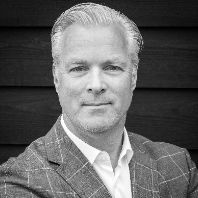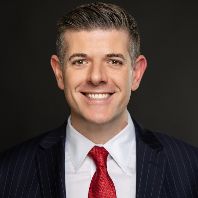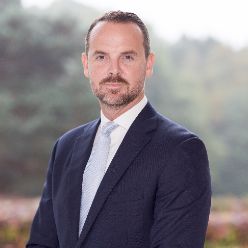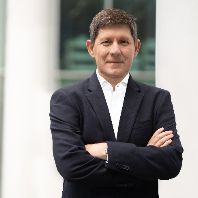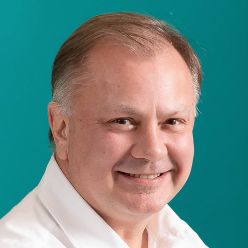Tell us a bit about MEAG
“We are a strongly asset-liability-driven asset manager for insurance companies. Our investment decisions are based on the structure of our clients' liabilities. Investment targets always have to fit in with our holistic approach; that is to say, we don't have investment targets as such. In fact we aim for sustainable cash flows, as that is what is required by our key customers Munich Re and ERGO. We focus on core investments. Reliable long-term returns and moderate, calculable risk are more important to us than maximum short-term profits and turnover.”
What are the reliable sectors in your opinion?
“In Germany, residential property unfortunately is very expensive at the moment. With the quality and sustainability standards we want our new investments to have, our net return would be below 4% here. That is not attractive to us. But the reason for this is simply that there is a run on these kinds of investments at the moment. We are still looking at this market, are still interested in buying residential, but it's too expensive right now.
“In our primary insurance portfolios we have quite a large share of office investments; the residential share is predominant in the reinsurance portfolios. In the last 10 years, office investments haven't been that successful in Germany and it doesn't look like things are really going to change.”
So how do you make money?
“By taking our role as asset manager seriously. Asset management is the key to adding real value to our portfolios. We look at a property from a lifecycle point of view in order to create value in each phase. If we have, for instance, an office building dating from the 70s that shows some uplift potential as regards its location or layout, but it would not make sense to invest a huge amount of money in it, we might look at changing its use, for example into student accommodation, or look to see if there is an opportunity for retail. The bottom line is: identify opportunities. Changing how a property is used is not a simple exercise and needs a strong business case, but in general, if you have good reasons, it's possible and can offer attractive and sustainable returns.
“Usually we buy property and keep it for the whole lifecycle; we're not traders. For us, property has to be sustainable in a broad sense, in a good location and the basic structure has to make sense – it has to still be useful in 20 or 30 years' time. That's the reason we place such emphasis on green buildings. They are expected to have better tenancy rates, higher rents and more stable value. Sustainability is becoming just as essential to a building as a catalytic converter is to a car. It is one of the key drivers of performance in the real estate business

